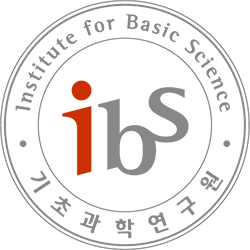
Tetsuya J. Kobayashi, Optimality of Biological Information Processing
ZOOM ID: 997 8258 4700 (Biomedical Mathematics Online Colloquium) (pw: 1234)Abstract: Almost all biological systems possess the ability to gather environmental information and modulate their behaviors to adaptively respond to changing environments. While animals excel at sensing odors, even simple bacteria can detect faint chemicals using stochastic receptors. They then navigate towards or away from the chemical source by processing this sensed information through intracellular …






